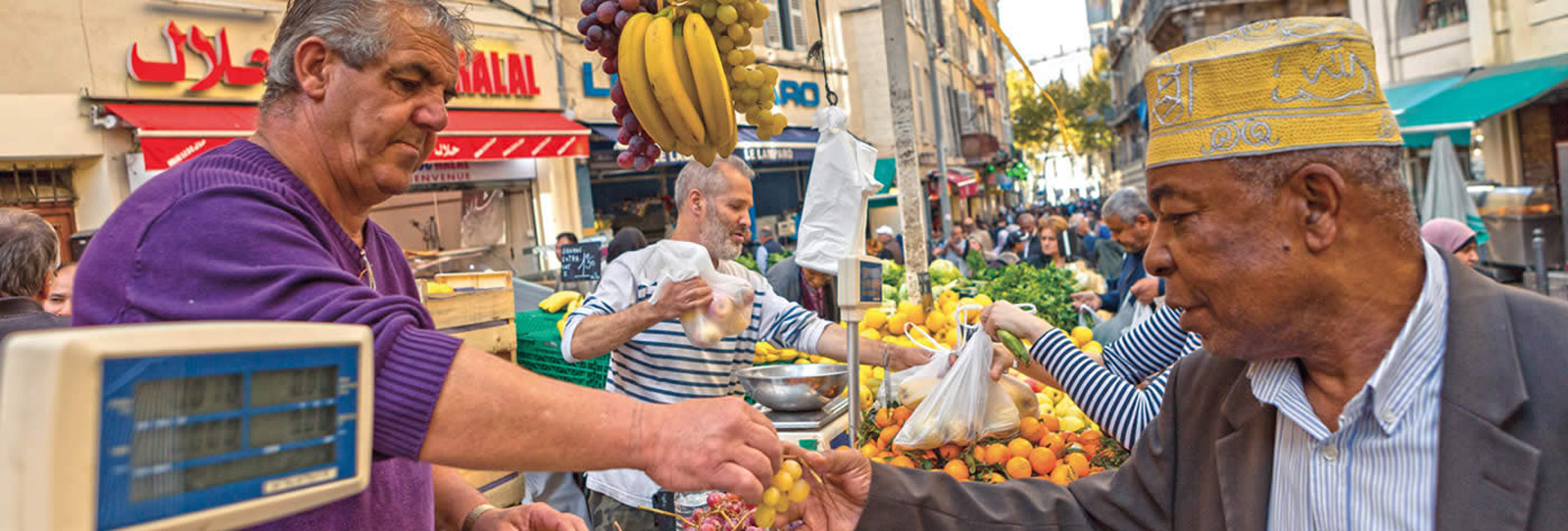For most of my life, eggs were something I ran from. The smell alone turned my stomach. At home in Pakistan, my mother cracked them open each morning—into omelets, egg sandwiches, soft-boiled cures for sick days—but I never let them near my plate. I didn’t even try. Instinctively, I had drawn a boundary long ago.
So, when I come across the Farmer’s Egg Tortilla in Jeff Koehler’s cookbook The Spanish Mediterranean Islands, I pause. Could this humble dish, born from scarcity and tradition, help me unlearn a lifetime of aversion?
In Spain a tortilla, from the Spanish word tort and meaning “little cake,” isn’t a flatbread but a thick egg-based dish that resembles an omelet or frittata, often cooked with potatoes and vegetables, and deeply tied to home cooking.
When I bring it up with Koehler, I almost apologize. “I’ve never liked eggs,” I tell him.
Pausing, he offers, “Eggs are a way to convert anything into a meal,” adding, “They take on the flavors of everything around them.”
Maybe that was the shift I needed—to see them not as something to avoid but as something adaptable.
On Spain’s eastern Mediterranean islands—Mallorca, Menorca and the Balearics—tortillas aren’t fixed. They flex with what’s at hand: potatoes, peppers, onions, tomatoes. “This exact recipe is quite specific to the Balearic Islands,” Koehler says. “It’s not the classic Spanish tortilla, which is just potatoes and onions. This one is about scarcity, using what is available in a particular season. Eggs turn all of that into a complete meal.”

The Spanish Mediterranean Islands Cookbook Jeff Koehler. Phaidon Press, 2025.
That spirit of adaptation feels familiar. From an early age, I learned to never waste food. My mother made meals this way too—pulling together whatever we had, turning leftovers into dinner from what others might discard.
Like in Mallorca, where tortillas shift with the season—wild asparagus in the spring, potatoes in the winter—Pakistani kitchens find nourishment in what’s available. Meals stretch to fit the moment.
The tortilla’s simplicity hides its emotional weight. “It’s a dish tied to land and memory,” Koehler says. “In Spain the tortilla is something every child grows up eating. It’s the ultimate comfort food, which my grownup kids most often ask for.”
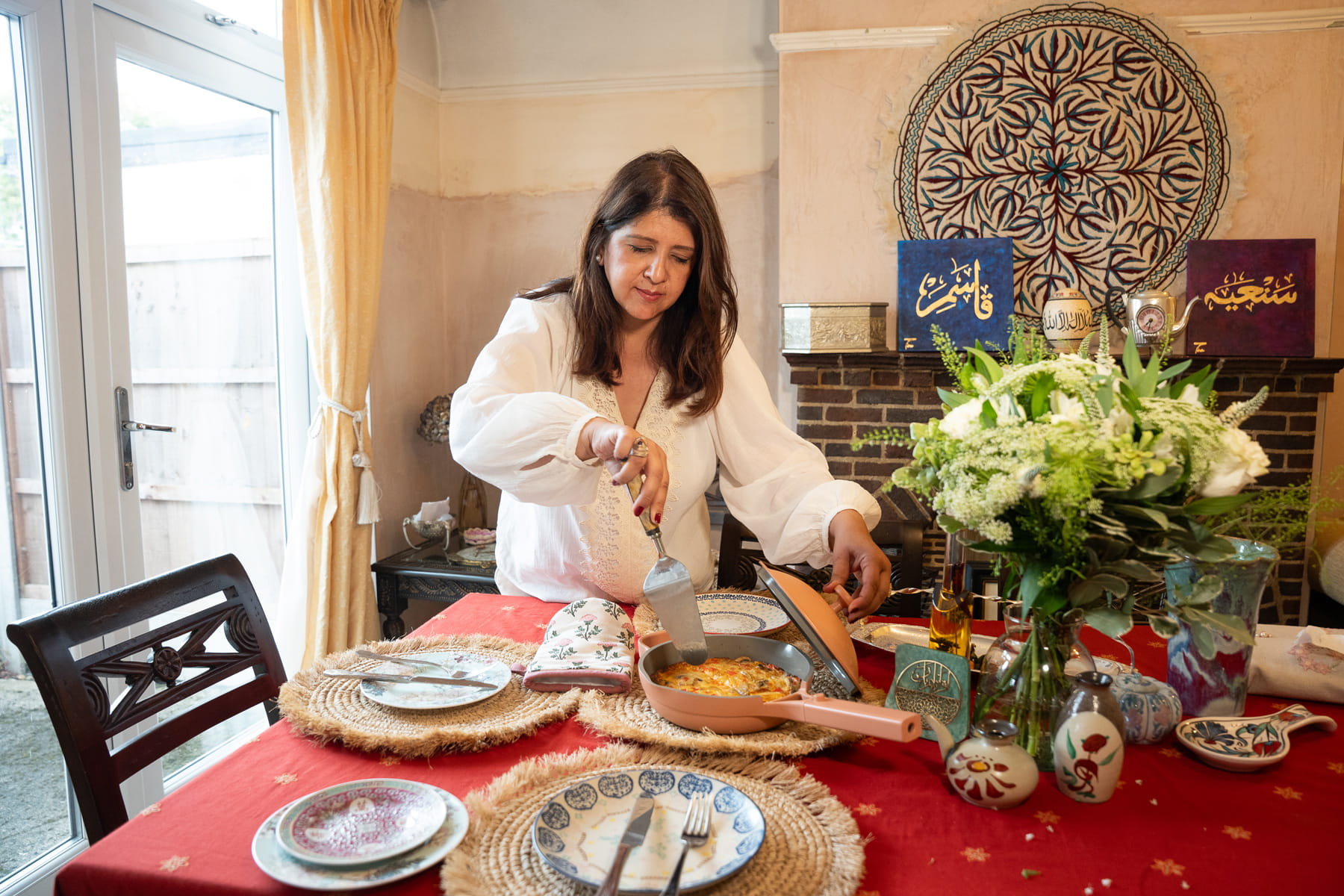
Egg Tortilla made by AramcoWorld contributor Sunniya Pirzada.
Taile Eigeland
That idea moves me. Because I’m not just cooking something new. I’m cooking something that belongs to a lineage, shaped by memory and need.
What surprises me most is how the eggs no longer repulse me. They don’t dominate; they stay behind the scenes, binding flavors.
“Eggs are like rice,” Koehler says. They have their own flavor, but they humble themselves and step aside. They soak up what’s around them. They’re the ingredient that lets everything else become the protagonist. That’s exactly what I taste: sweetness from the onions, tang from the tomatoes, earthiness from the mushrooms—held together gently, not aggressively. The eggs didn’t insist. They supported.
The image stays with me.
Even today, Koehler says, families on the islands adjust the tortilla based on the season or pantry. “In spring,” he says, “it might be made with wild asparagus. In autumn, with mushrooms. The egg always stays.”
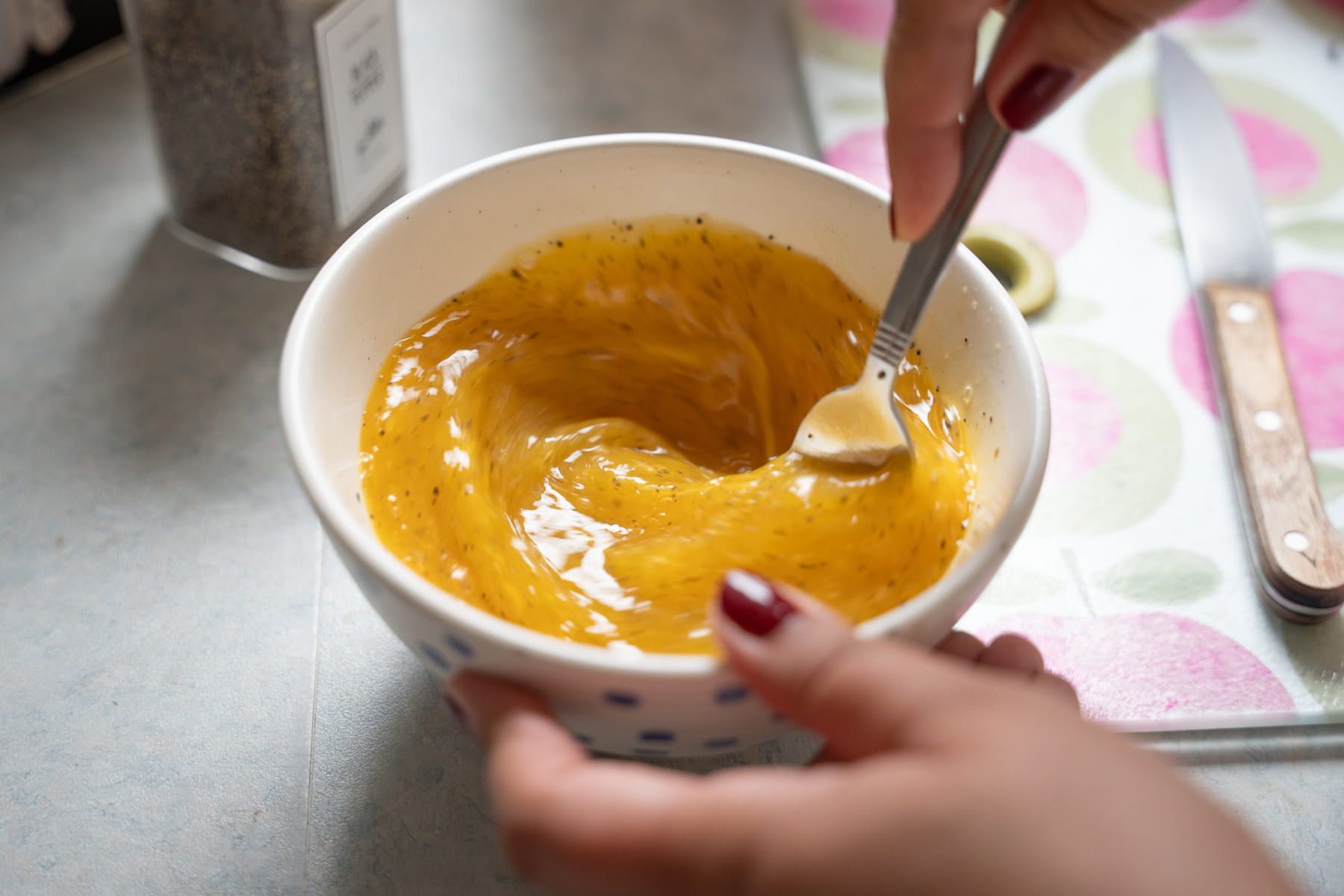
Recipe
Farmer’s Egg Tortilla
- 4 tablespoons olive or avocado oil, divided
- 1 white potato, peeled and thinly sliced
- 1 brown onion, thinly sliced
- 1 large red bell pepper, chopped
- 1 tomato, chopped
- 250g (1 cup) mushrooms, sliced
- 4 large eggs
- ½ tsp. salt
- ½ tsp. black pepper
Method
Step one: Prepare the vegetables
I start with the potato, peeling and slicing thinly. Then the onion, also sliced thin. I heat 2 tablespoons of avocado oil in a nonstick pan and add the potatoes, letting them cook gently over medium heat. I stir occasionally so they don’t stick. While they soften, I chop the tomato and bell pepper. The mushrooms are already sliced.
After about 10 minutes, the potatoes are tender. I lift them out with a slotted spoon and transfer them to a bowl.
Step two: Sauté the mix
In the same pan, I sauté the onion and pepper for 8 to 10 minutes on medium heat until the onion turns translucent. Then I add the chopped tomato—it softens quickly—and finally the mushrooms. These add a nice earthiness, but you can skip them if they’re not to your taste. Once everything is tender, after a couple of minutes, I transfer the mixture to the bowl with the potatoes.
Step three: Beat the eggs
In a clean bowl, I crack the eggs, add salt and pepper, and beat them gently. I pour the eggs over the sautéed vegetables and give it a good mix, making sure the ingredients are evenly coated.
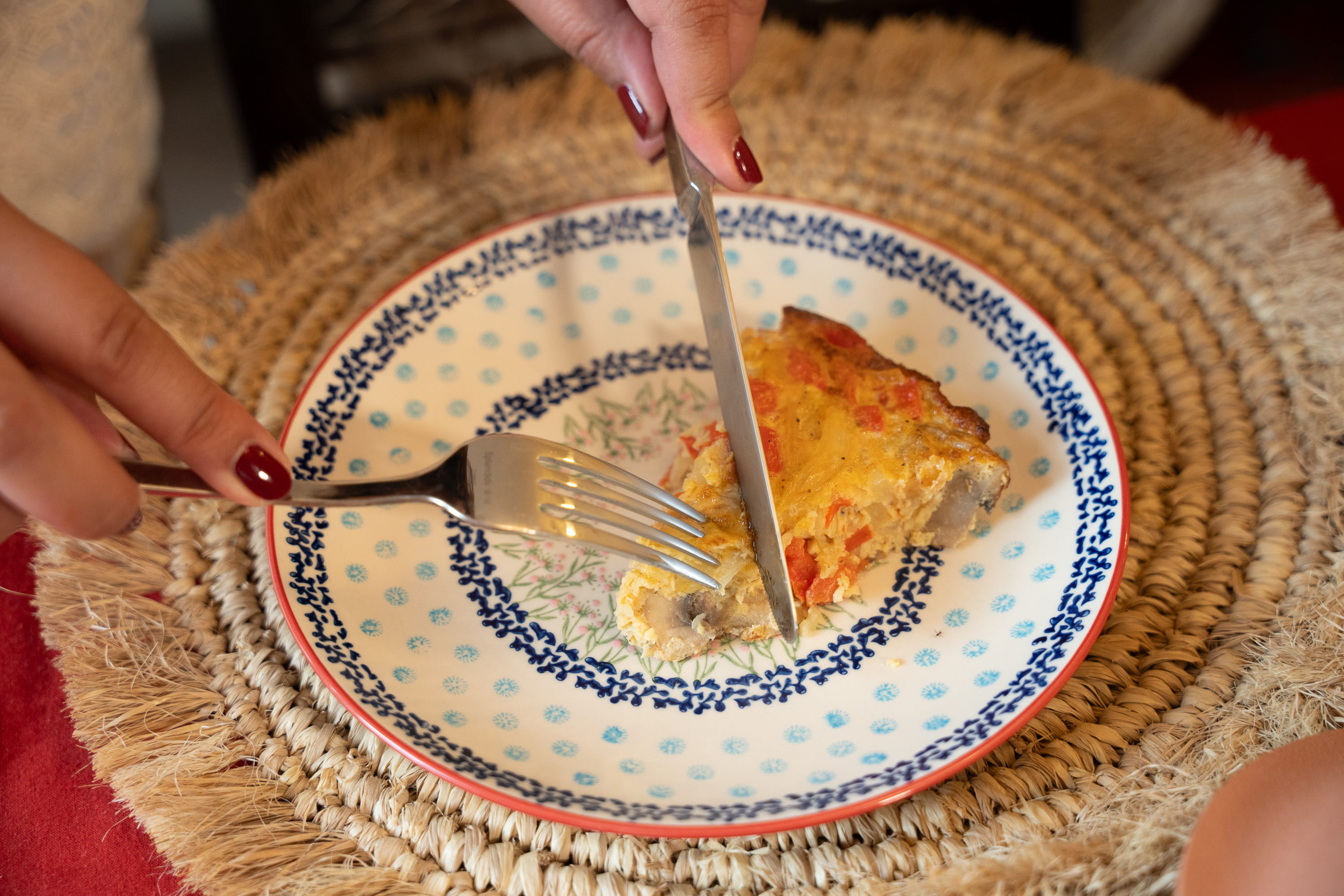
Step four: Cook the tortilla
I return the pan to medium heat and add the final 2 tablespoons of oil. When it’s hot, I pour in the egg mixture and give the pan a light shake to help it settle evenly. I let it cook undisturbed for about 8 minutes. The edges start to set, and the bottom firms up.
To finish, I place the pan under a preheated medium grill to broil the top for 4-5 minutes—just until the surface becomes golden and set (Koehler encourages me to try flipping it, but I stay with what feels right.)
Once it’s out of the oven, I let the tortilla cool for a few minutes before cutting a wedge.
It looks warm, inviting, even though I’ve never made it before. It reminds me of home, of my mother’s pulao: simple, flavorful, satisfying.
The egg doesn’t overpower. It lets everything else shine. And that, more than anything, is what brings me back for seconds.
Sunniya Ahmad Pirzada is a Peabody Award-winning journalist whose work focuses on the intersection of race, class and gender and how it impacts people and societies around the world.
More From AramcoWorld
Marseille's Migrant Cuisine
In another port city, centuries of arrivals and food exchanges turned recipes into roots, and roots into recipes.
About the Author

Sunniya Ahmad Pirzada
Sunniya Ahmad Pirzada is a Peabody Award-winning journalist whose work focuses on the intersection of race, class and gender and how it impacts people and societies around the world.
Talie Rose Eigeland
Talie is a photographer and videographer who creates striking, intimate portraits. Her captures are bold and three dimensional—while stylized, they remain warm and authentic. Norwegian-born and raised in France, Talie’s career took off in London, where her unique eye and candid approach have led her to work with several top publications and personalities over a career spanning more than 10 years.
You may also be interested in...
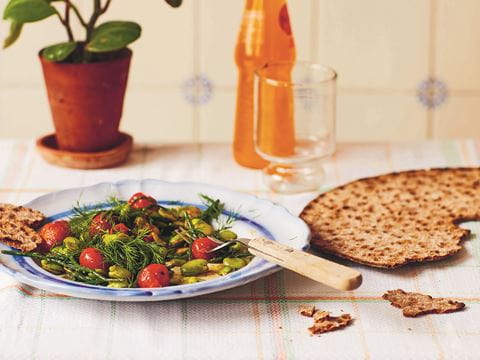
Simple Summer Salad Recipe by Sally Butcher
Food
This recipe serves up one of London-based food writer Sally Butcher's favorite lunches—a perfect mezze dish of beans.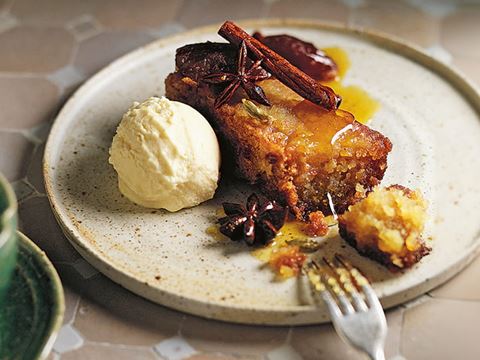
Bake This Tasty Date, Orange and Olive Oil Cake by Shane Delia
Food
On one of famed chef Shane Delia's many trips to Morocco, some Bedouin men showed him how warming dates in olive oil before placing them in a tangine brings out the flavor of the caramel in the date, leading Delia to this recipe.
Recipe for Protein Balls With Dates and Nuts
Food
Al-Baghdadi wrote his hit medieval cookbook Kitab al-Tabikh (Book of Dishes) in 1226 CE at the height of Abbasid sophistication and power. It included this recipe for hais or date sweetmeats.

